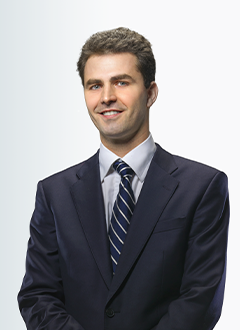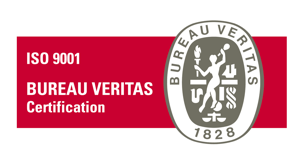Article

Landmark Decision by the Unified Patent Court: Shedding Light on Infringement by Equivalence
By the end of 2024, the Unified Patent Court (UPC) offered a wonderful gift: the first decision ruling on infringement by equivalence.
The decision was issued by the Hague local division (LD) on November 29, 2024[1]. It involves a dispute between two start-ups: Plant-e Knowledge B.V., a Dutch company proprietor of European patent No. EP2137782 relating to a technology that converts light energy into electrical energy by using living plants, and Bioo, a Spanish company selling biological battery panels producing electricity and incorporating plants as well.
Such a UPC decision was eagerly awaited because the test applied by the national jurisdictions within the European countries regarding the doctrine of equivalence is far from being harmonized. Furthermore, although the European Patent Convention (EPC) makes it very clear that equivalents should be taken into account when determining the extent of protection conferred by a European patent[2], the UPC Agreement contains no provision on the doctrine of equivalence.
With this decision, a UPC court for the first time gives its opinion about the infringement by equivalence and explains which test to apply, thus creating a precedent.
The test applied by the Hague LD is a four-step test establishing that a variation is equivalent to an element specified in the claim if the following four questions are answered in the affirmative:
- Technical equivalence: does the variation solve (essentially) the same problem that the patented invention solves and performs (essentially) the same function in this context?
- Fair protection for patentee: Is extending the protection of the claim to the equivalent proportionate to a fair protection for the patentee? In particular, is a fairly broad scope of protection in line with the contribution to the art and is it obvious to the skilled person from the patent publication how to apply the equivalent element (at the time of infringement)?
- Reasonable legal certainty for third parties: does the skilled person understand from the patent that the scope of the invention is broader than what is claimed literally?
- Is the allegedly infringing product novel and inventive over the prior art? (i.e. no successful Gillette/Formstein defence).
Even if the Hague LD's intention was to apply a test that is “based on the practice in various national jurisdictions in line with what both parties proposed”, the Hague LD chose to follow the approach of the Dutch national court (and expressly referred to the Dutch decision Eli Lilly vs. Fresenious Kabi[3] of issued on 27 Nov 2020 by the Court of appeal of The Hague).
As shown in the following table, the German and French national courts do not apply the same test for the doctrine of equivalents (DOE).
|
|
German courts |
French courts |
|
Is question 1 of the above test also applied by the French or German courts? |
Yes |
Yes
|
|
Is question 2 of the above test also applied by the French or German courts? |
There is no analysis of “fairness contribution” to justify the extended scope provided by DOE, but there is an “obviousness test”.
Indeed, DOE is denied in Germany if, starting from the patent, inventive step is needed for the person skilled in the art to come up with the equivalent variation on the basis of his expert knowledge at the priority date. |
There is no analysis of “fairness contribution” to justify the (extended) scope of protection by DOE.
Contrary to the German DOE, the French DOE may cover a variation that is patentable (new and inventive) in view of the patent. |
|
Is question 3 of the above test also applied by the French or German courts? |
Yes substantially: the so-called “Parity test” requires that the person skilled in the art has to understand, when reading the patent, that the variation is an equivalent solution. Otherwise, DOE is denied in Germany. |
No, but a French jurisdiction may exclude from the scope of protection a variation if it can be interpreted from the specification of the patent that this variation is excluded. |
|
Is question 4 of the above test also applied by the French or German courts? |
Yes |
Yes substantially: The function performed by the variation for Question 1 must be novel over the prior art or undisclosed by the prior art. If not, DOE is denied. |
This first decision is very important because it gives an initial framework that helps the practitioners to evaluate the risks of infringement by equivalence before the UPC.
However, it is also very important to wait if the UPC Court of Appeal will confirm this decision or will set out a test that deviates from the Dutch test.
Plant-e was represented in this case by Johan Renes then at Simmons & Simmons, now Dutch Patent Attorney at Plasseraud IP.
[2] Article 2 of the Protocol on interpretation of article 69 EPC
[3] The Hague Court of Appeal, 27 Nov 2020 Eli Lilly/Fresenius, EClLI:NL:GHDHA:2020:2052 https://ipkitten.blogspot.com/2020/10/hague-court-of-appeal-sets-dutch.html




























